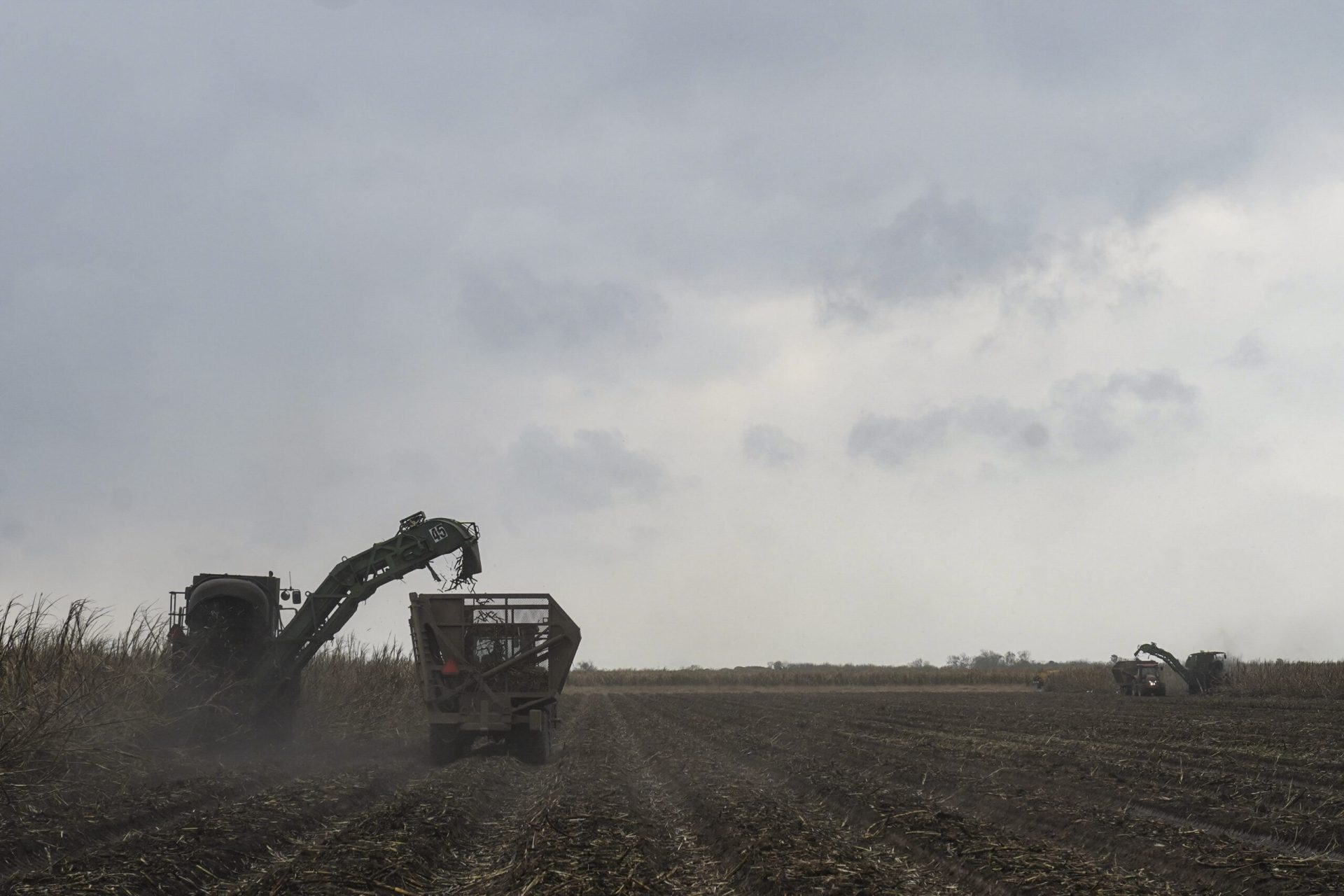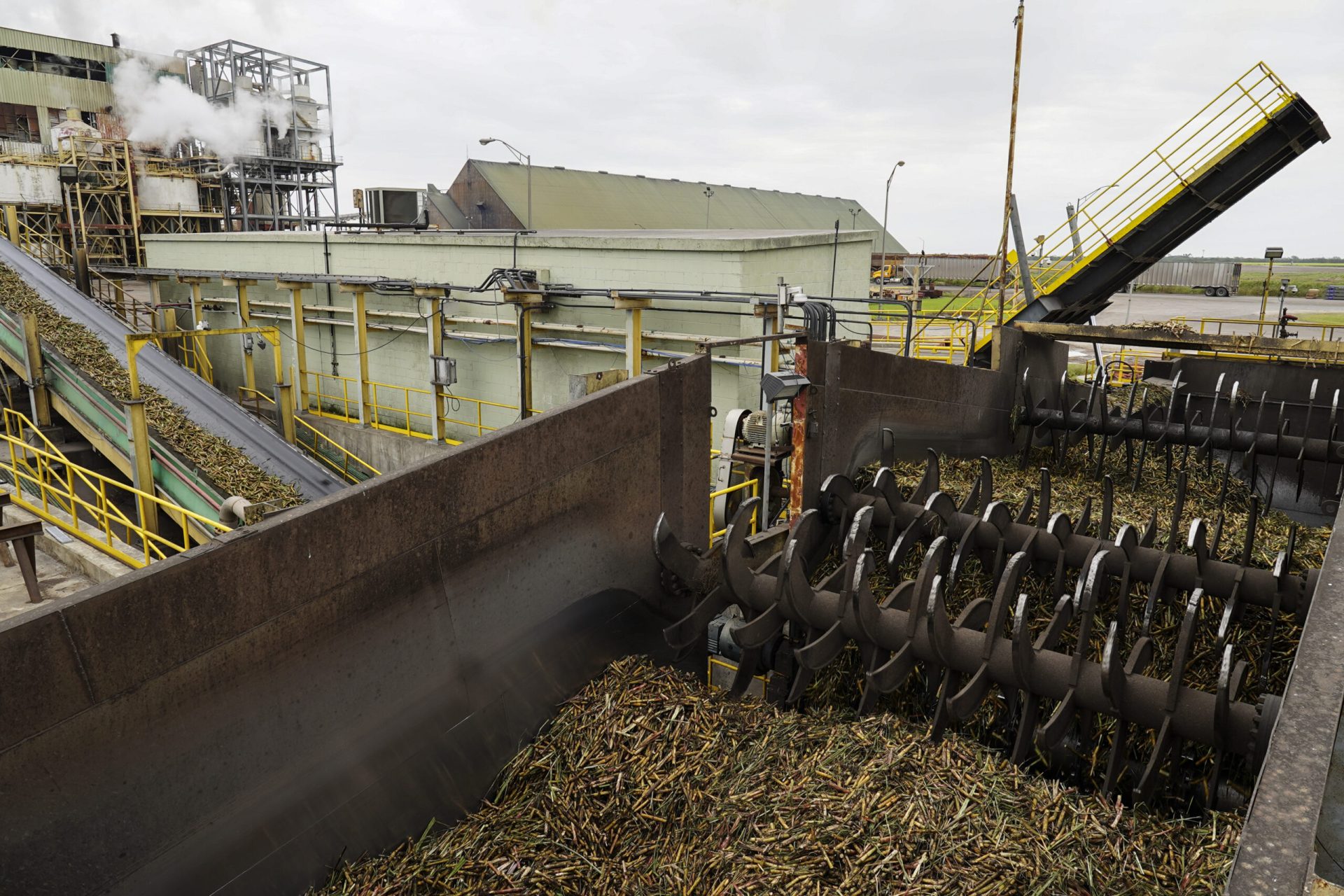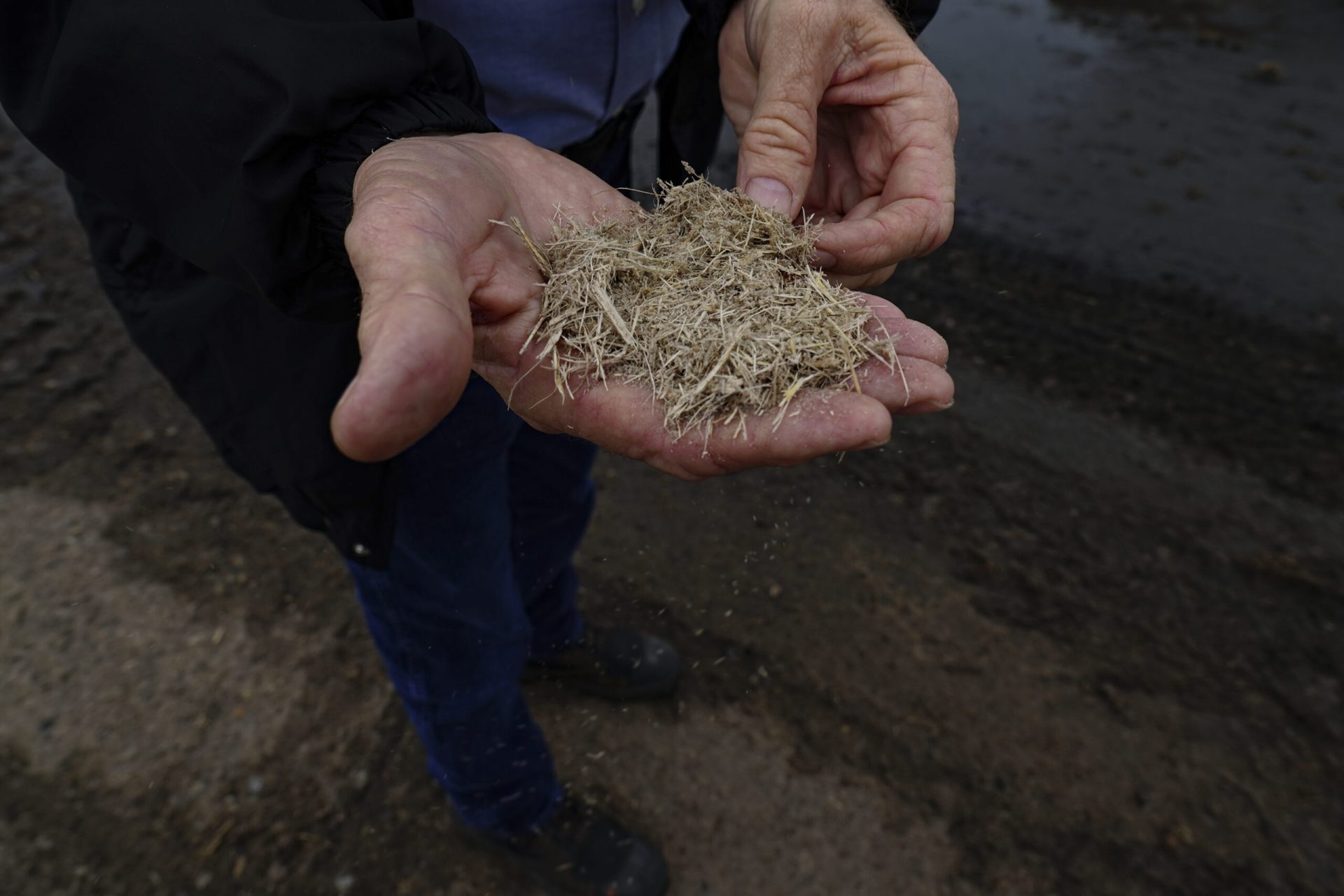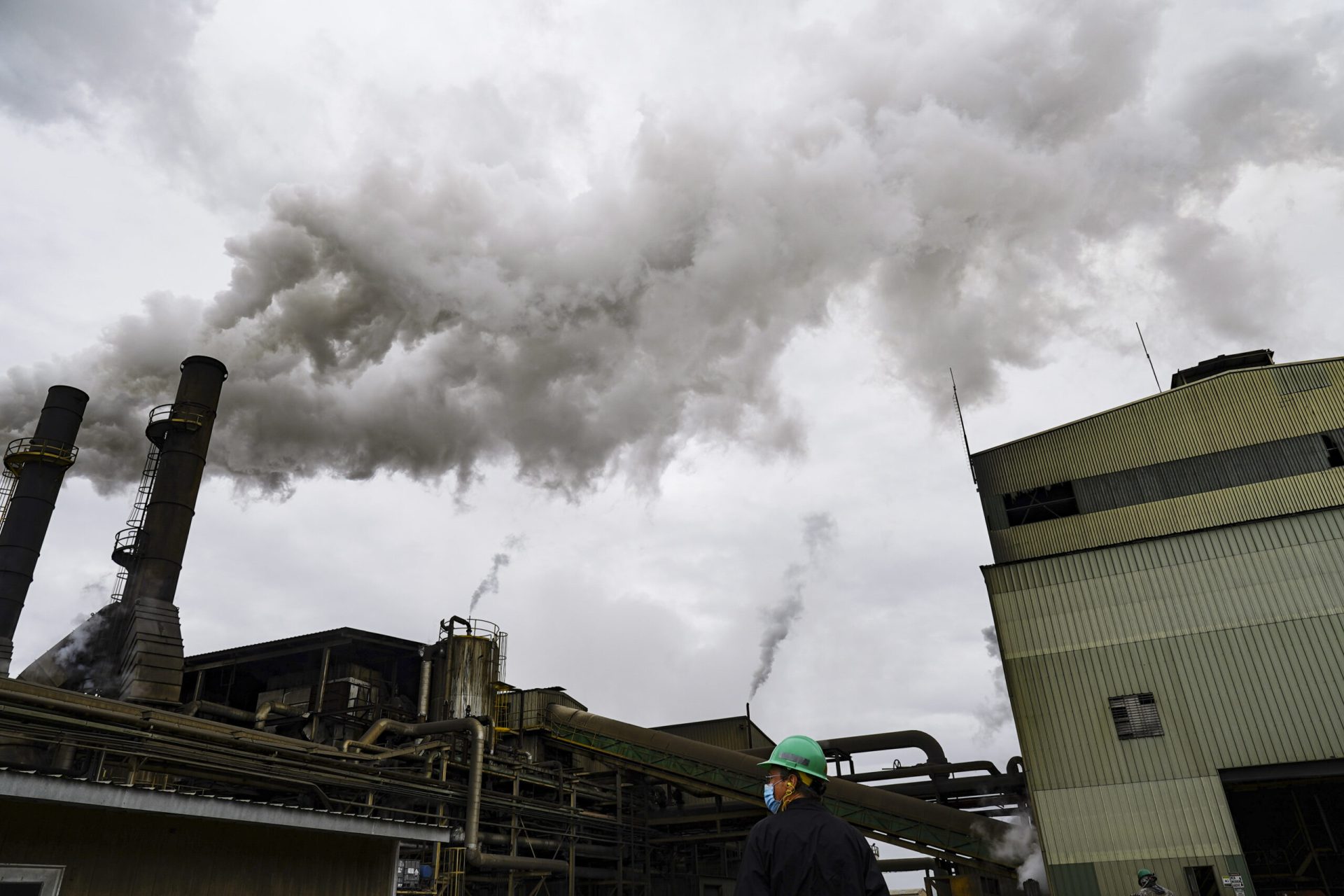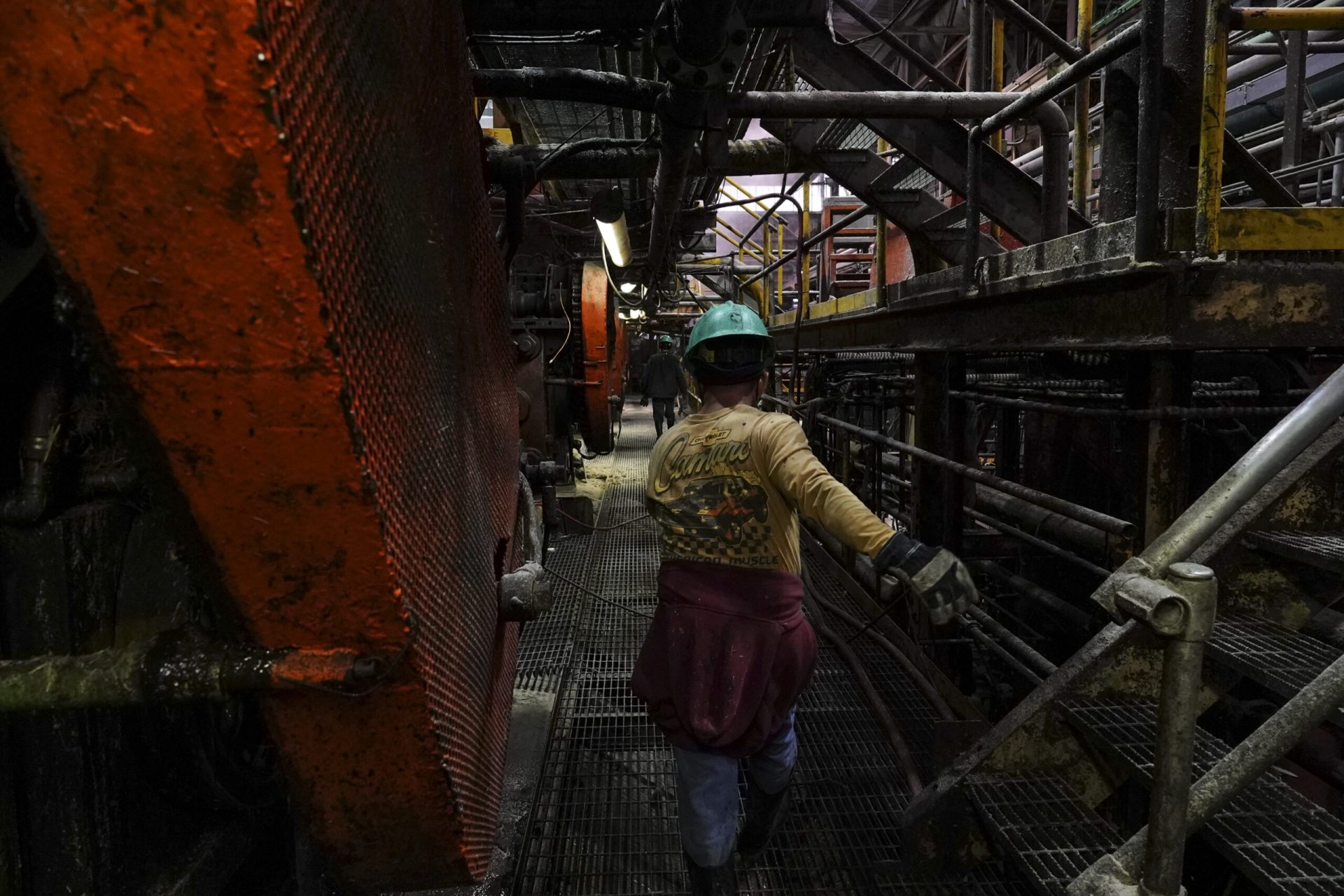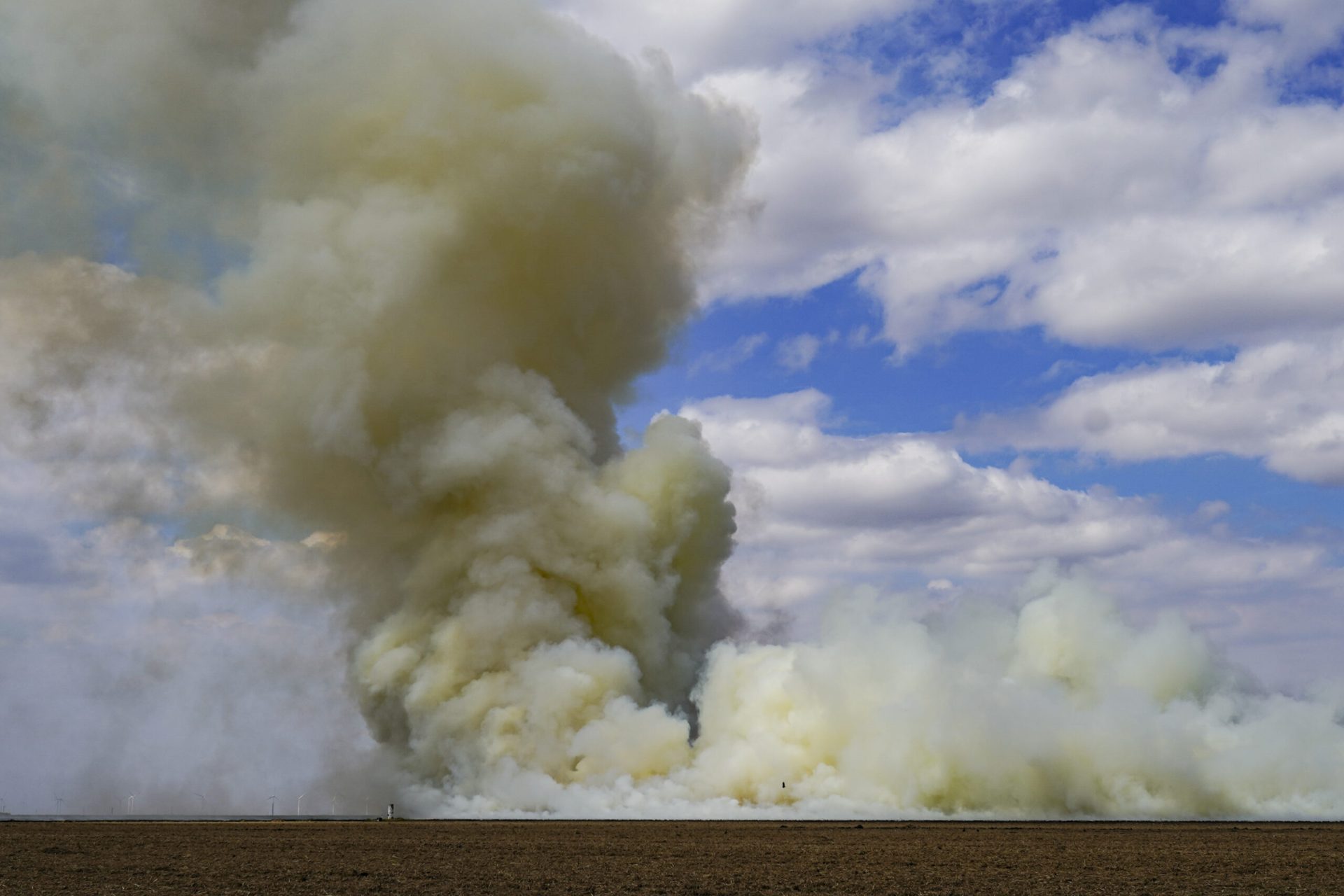In the soft darkness of the warehouse, a golden mountain gleams under a spotlight as a bulldozer’s headlights sweep back and forth, picking up shovel loads of what initially looks like sand before dumping it into a bin onboard a truck.
One sniff of the air in the warehouse, sickly sweet, and it becomes unmistakable that you are looking at anything other than a nearly 90-foot-tall expanse of raw sugar.
The warehouse, and the sugar inside it, is part of Rio Grande Valley Sugar Growers, Inc., a member-owned cooperative stretching across three counties with 125 growers to make — from growing the sugarcane in the fields to raw sugar and molasses — what was once known as ‘white gold’.
Historically, sugar was big business in the Rio Grande Valley, according to the Texas State Historical Association, with sugarcane production on a commercial scale starting in the lower Rio Grande Valley in the early 1900s.
However, blight, low prices and the rise of other sugar-producing crops like sorghum and sugar beets as the state switched to syrup production gradually lessened the financial incentive for producing commercial sugar from sugarcane across the state.
According to Dale Kerstetter, the Environmental and Safety Director for Rio Grande Valley Sugar Growers, Inc., the five sugar mills in the Rio Grande Valley were hard hit. The last holdout closed in 1921, finished by political and economic hardships due to World War I.
Starting with 100 growers, the cooperative formed in 1970 after feasibility studies in the 1960s determined that the industry could be financially viable again in the region. In 1973, the group built a sugar mill to process the sugarcane into unrefined sugar and molasses — the same mill which is now the only still operating in Texas.
It takes exactly 365 days for sugarcane to grow before harvesting. Sugarcane itself is something of a unique crop, while it can — and is — grown elsewhere in the country, in Texas, the Rio Grande Valley is the only place to meet the crop’s two conditions — heat and water.
While heat is an inescapable part of life in Texas, water is another matter.
“Sugarcane takes a lot of water, about 30 to 60 inches of rainfall to get it to grow properly. We don’t get that here,” said Kerstetter.
While the Valley doesn’t quite have the rainfall, it does have access to water through the area’s irrigation system that can pull water from the Rio Grande to supplement what nature can’t.
October begins the harvest, with sugarcane fields briefly burned to remove the plant’s fibrous leaves, harvested and taken back to the mill to have the sugarcane juice pressed out to turn into sugar and molasses.
During this time, the co-op runs on a 24/7 schedule for the next four to five months harvesting 34,000 acres of sugarcane to produce an average of 144,000 tons of raw sugar and 4 to 4 1/2 million gallons of animal feed-grade blackstrap molasses.
All of the sugar produced by the co-op is bought by Domino Sugar company, according to Kerstetter, and taken to Chalmette, Louisiana, for refining.
Though there have been delays in the harvest this year due to bad weather, the sugarcane harvest will soon close for the year.
After a little rainfall or helping hand with some irrigation, new sprouts will rise from the still-present roots and start the cycle again for next year.
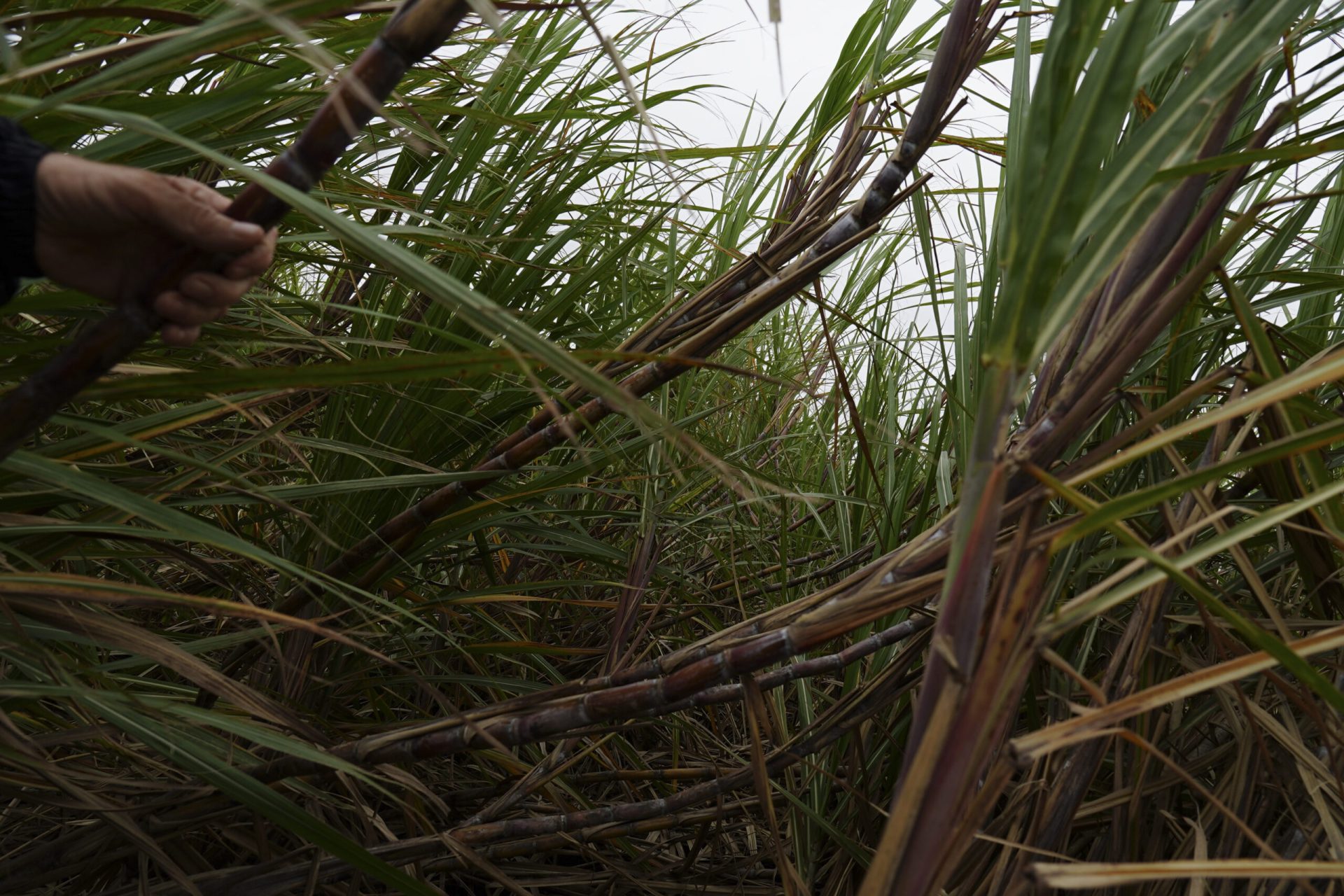
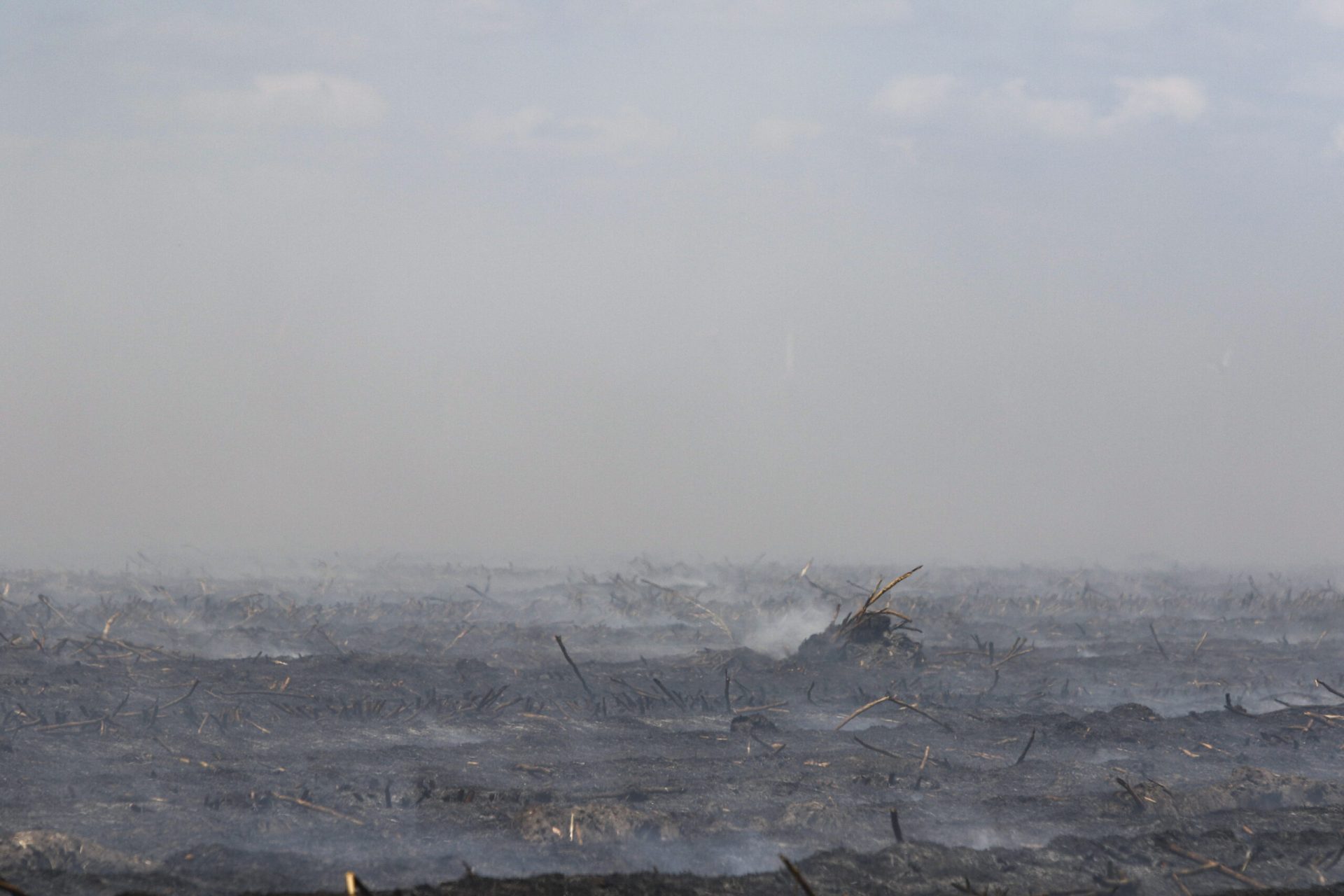
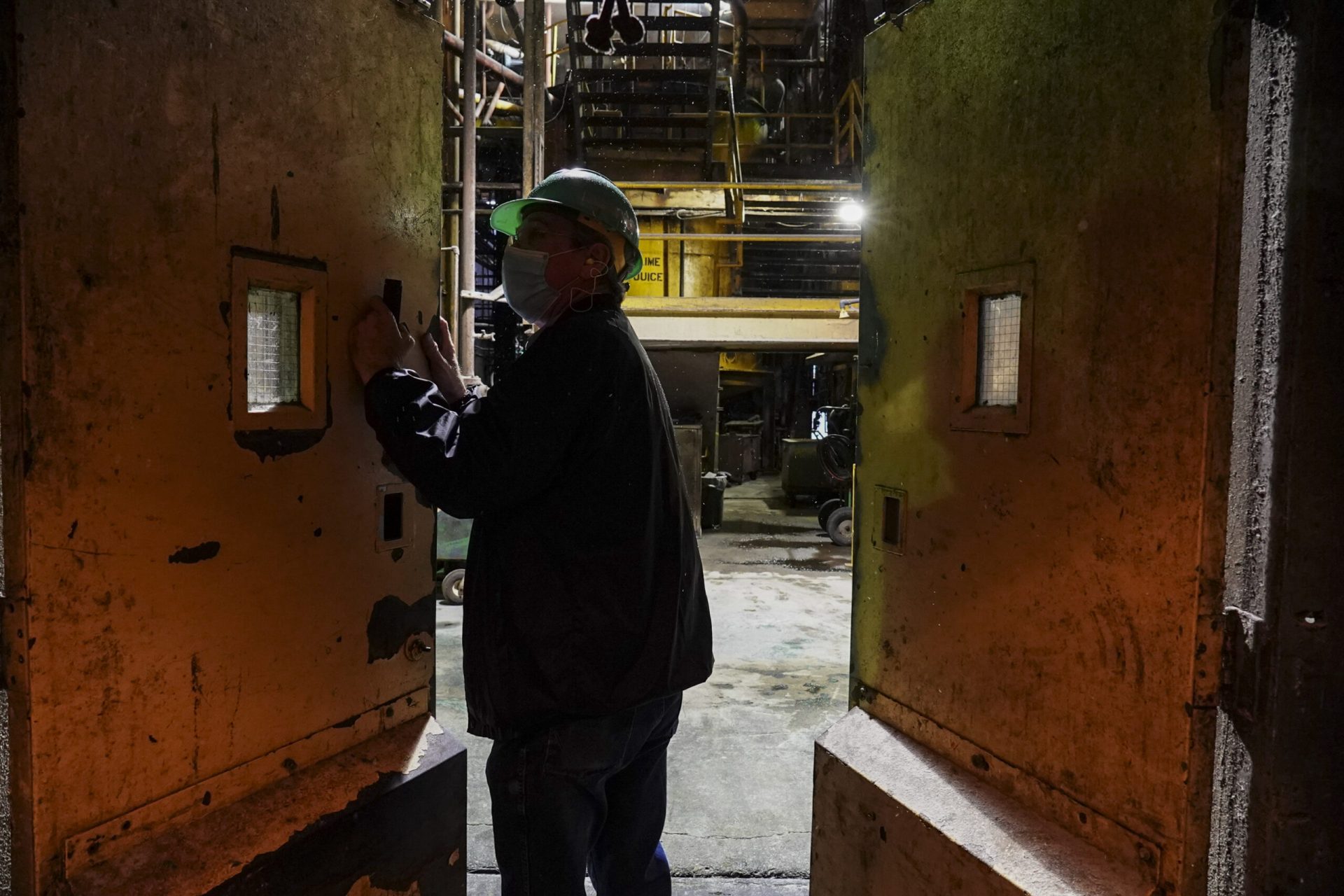
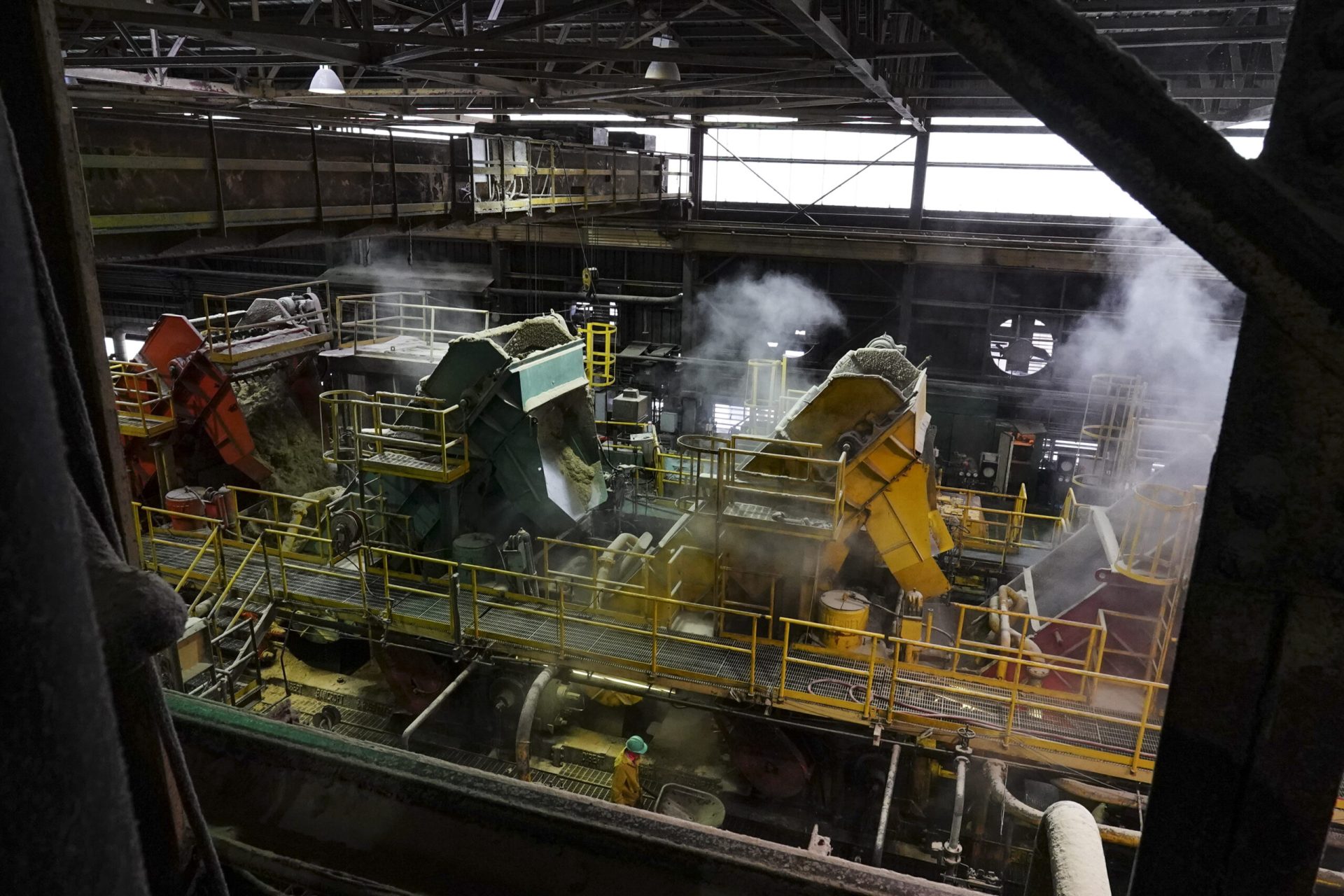
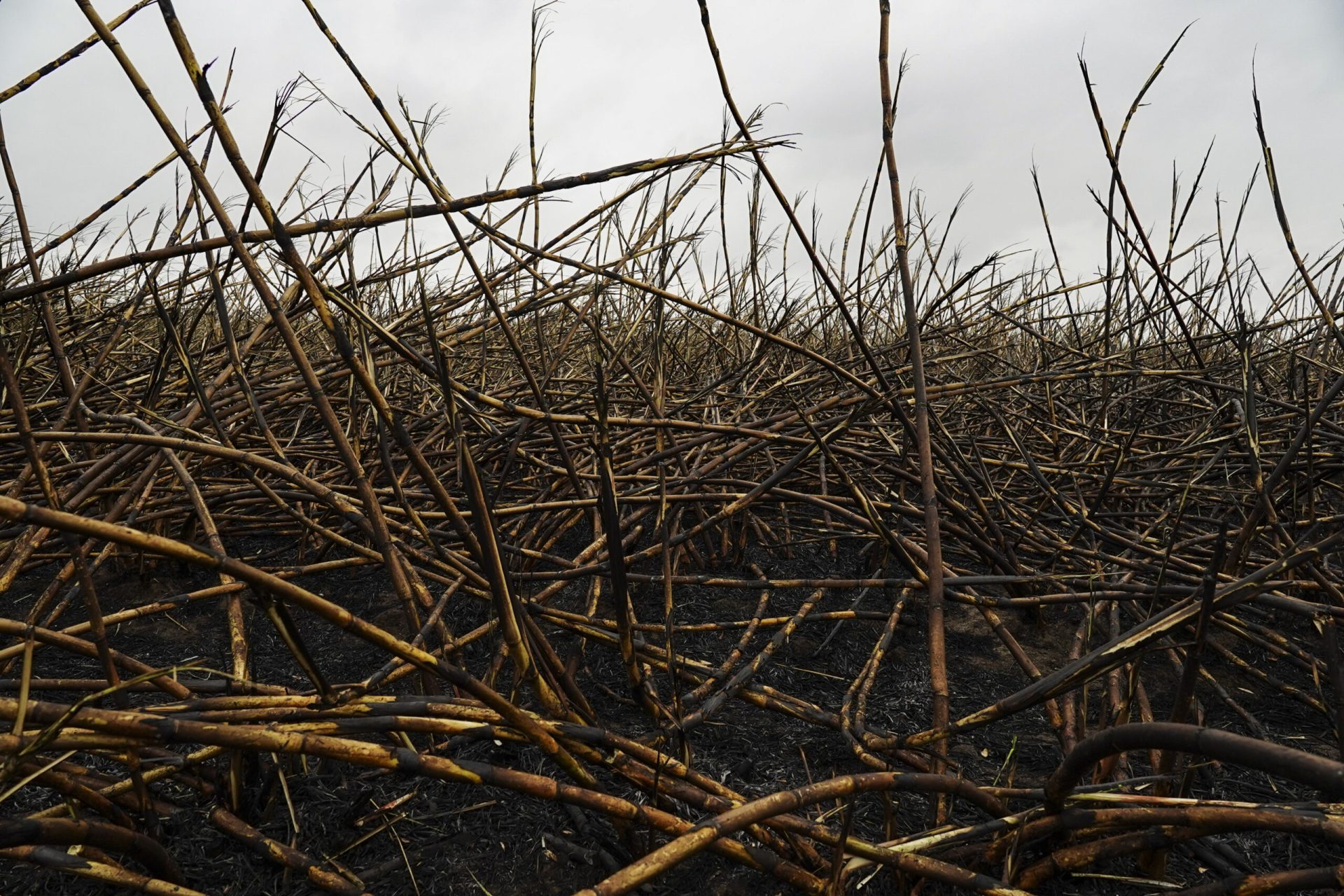
Mile 12 between Mercedes and La Villa. The sugarcane fields burn ahead of harvest to remove the plant’s fibrous leaves, speeding up harvesting and processing. (Denise Cathey/The Brownsville Herald)
